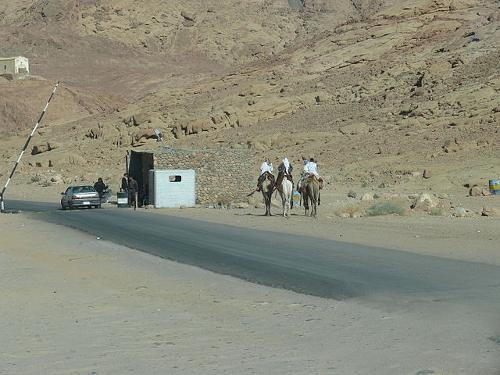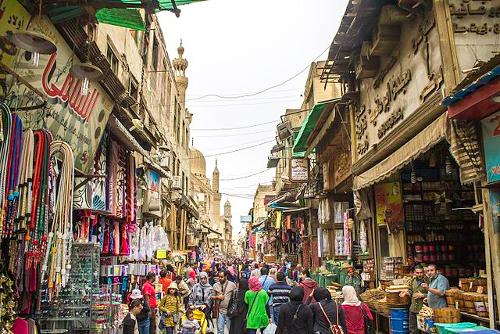EGYPT
Population

Population
Cities in EGYPT
| El gouna | Hurghada | Makadi bay |
| Marsa alam | Sharm el sheikh |
Population
Composition
The population (about 111 million in 2024) is 90% of East Hamitic descent, but has been fully Arabized socially, culturally and politically over time.
Other small populations include the Berber nomads in the remote oasis of Siwa, the Nubians (in the south) and the Copts (in Upper Egypt).
Siwa is the most remote oasis and is an un-Egyptian world, whose inhabitants do not speak Arabic, but a Berber dialect, Siwi.
The Nubians are an important population group (approx. 6 million), which can also be found further upstream in Sudan (Dongola). Most Nubians live in villages along the banks of the Nile between Aswan and Luxor, notably in Kawm Umbu. Due to the construction of the dam at Aswan, they lost their original habitat in 1970 when it was flooded. Half of the Egyptian Nubians left for Sudan.
There are also several tens of thousands of Bedouins (estimates vary between 50,000 and 70,000), who partly still adhere to their (semi-) nomadic lifestyle. Most of them live in the Sinai and originate from the Arabian Peninsula. The Aulad Ali, Bedouins from Libya, live along the Mediterranean coast. However, they have traded their tents for stone houses and often work in Cairo and Alexandria. Egyptian bedouins in the SinaïPhoto: Someone10x CC 2.0 Generic no changes made
Egyptian bedouins in the SinaïPhoto: Someone10x CC 2.0 Generic no changes made
Demographic data
There is a rapid population growth (1.49% in 2024) which is a direct consequence of a high birth rate (19.5 per 1000 inhabitants in 2024) and a decreasing death rate (4.3 per 1000 inhabitants in 2024). The government promotes birth control, yet about 1 million people are added every nine months. In a century, Egypt's population has grown nearly tenfold.
33,8% of the population is younger than 15 years old and only 5.6% is older than 65 years. Life expectancy at birth is 73.8 years for men and 76.2 years for women. (2024)
Distribution of population
Almost 95% of the total population lives in the Nile Valley and Delta, which is only 3.5% of the territory. The population density in the inhabited and cultivated land is more than 1600 inhabitants. per km2 (the national average is approximately 115 inhabitants per km2). An additional problem is the increasing urbanization in Cairo (Greater Cairo, including suburbs, more than 22 million inhabitants), Alexandria (5,5 million inhabitants). These are the largest urban concentrations. In some parts of Cairo and Alexandria, the population density is a gigantic 140,000 inhabitants per km2. Greater Cairo is Africa's largest city and in terms of population, Egypt is Africa's second largest country after Nigeria. Busy El Moez Street in Caïro, largest city of AfricaPhoto: Omar Attallah CC 4.0 International no changes made
Busy El Moez Street in Caïro, largest city of AfricaPhoto: Omar Attallah CC 4.0 International no changes made
By building cities in the desert and developing the Suez Canal Zone, the government is trying to alleviate the population pressure in the Nile Valley. Major construction projects have also been started in the western oases. Several million Egyptians work as 'guest workers' in other Arab countries.
Sources
Ambros, E. / Egypte
Het Spectrum
Botje, H. / Egypte : mensen, politiek, economie, cultuur, milieu
Koninklijk Instituut voor de Tropen
Dunford, J. / Egypte
Van Reemst
Grünfeld, R. / Reishandboek Egypte
Elmar
Innemee, K. / Egypte
Gottmer/Becht
Kreissl, B. / Egypte
Elmar
Laet, R. de
Egypte
Rooi, M. de / Egypte
ANWB
Sattin, A. / Egypte
Van Reemst
CIA - World Factbook
BBC - Country Profiles
Copyright: Team The World of Info